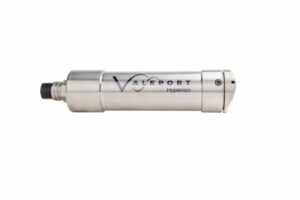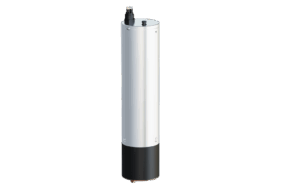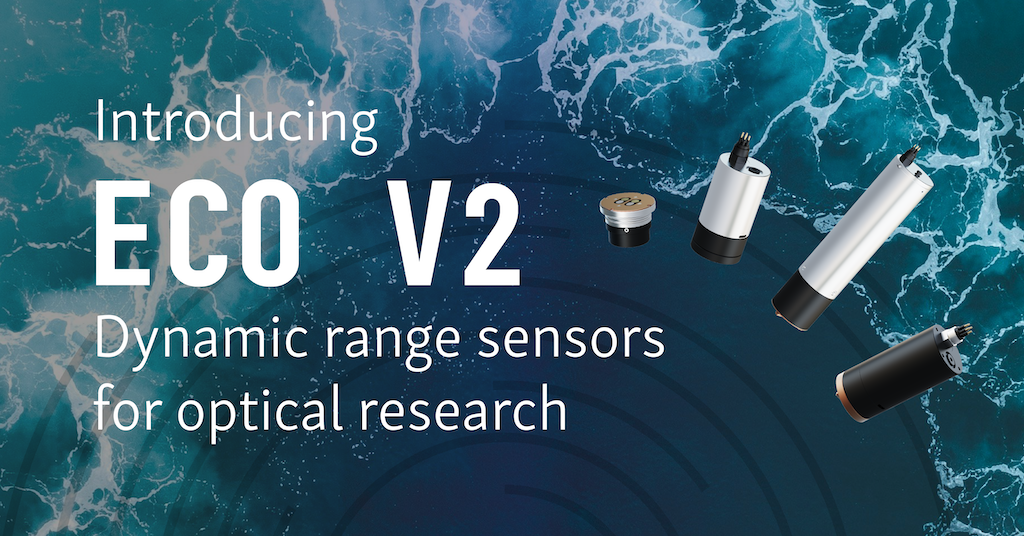Suppliers
Add your company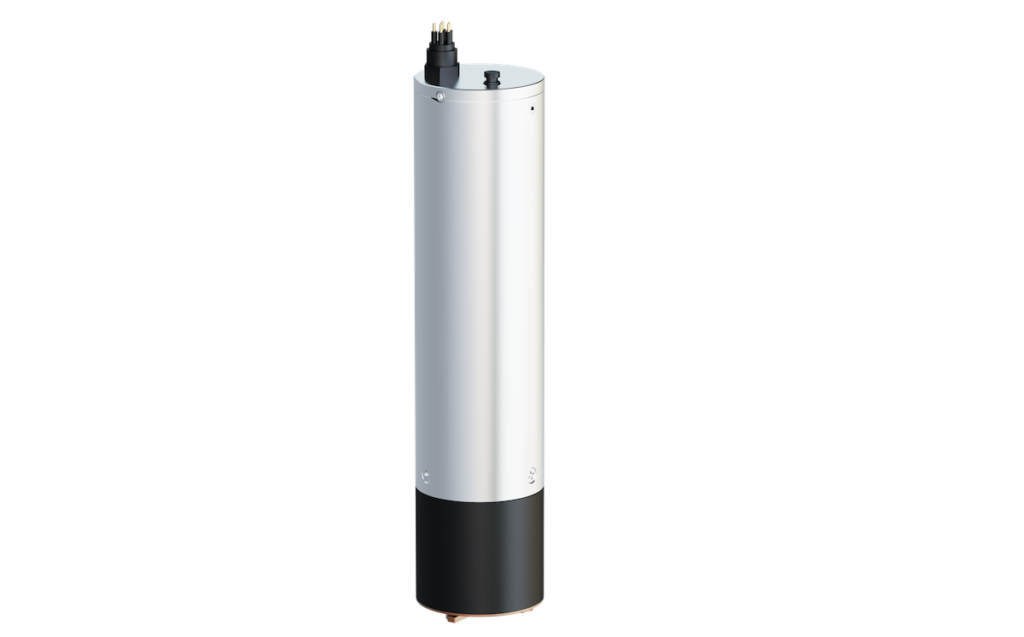
High-Precision Sensors, Multiparameter CTDs & Integrated Systems for Marine Environmental Research & Monitoring
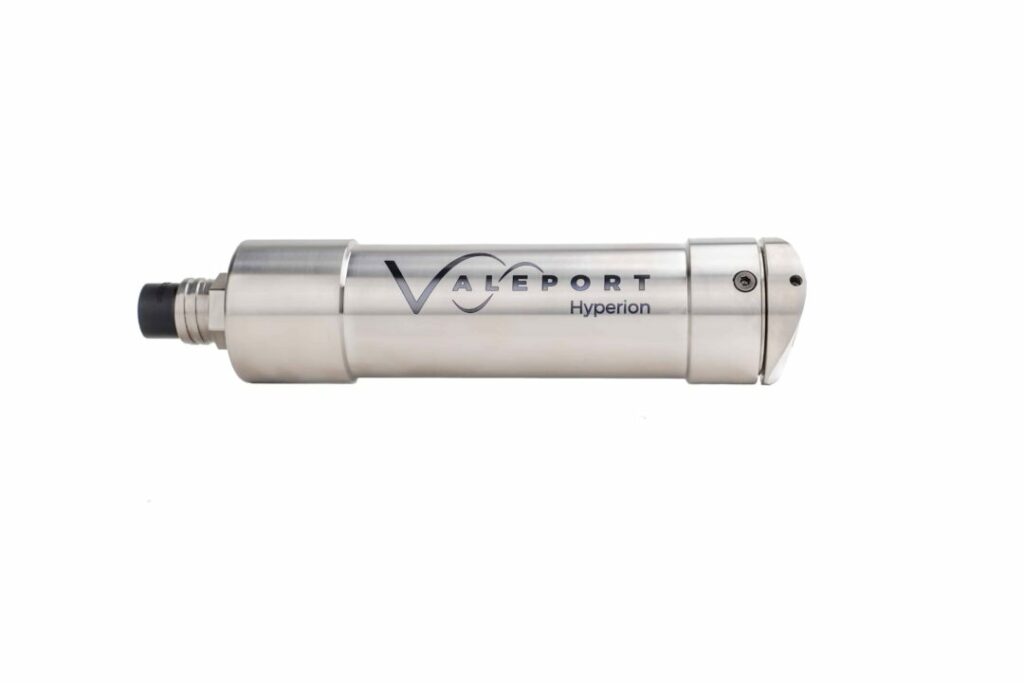
High-Precision Oceanographic Sensors & Hydrographic Measurement Solutions for Marine & Subsea Platforms
If you design, build or supply Optical Sensors, create a profile to showcase your capabilities on this page
Products
Optical Sensors for Oceanography and Marine Environmental Monitoring
Optical sensors play a crucial role in continuously monitoring oceanic and coastal environments. Utilizing the principles of light absorption, scattering, and fluorescence, these devices can detect a range of physical, chemical, and biological parameters within the water column. They are widely used for long-term deployments on moorings, profiling floats, AUVs, gliders, buoys, and shipboard systems.
In marine science, optical sensors support essential activities, including monitoring phytoplankton biomass, detecting oil spills, assessing water clarity, and characterizing suspended particles. Their non-destructive, in-situ measurement capabilities make them indispensable for studying transient events, such as algal blooms and hydrocarbon leaks, as well as long-term trends in water quality and marine productivity.
Types of Optical Sensors
Optical sensors used in oceanographic and marine environmental monitoring vary widely in function and design. Broadly, they can be grouped into fluorometric sensors (fluorometers) that detect specific substances based on fluorescence, and non-fluorometric sensors that rely on light scattering, absorption, or imaging. Below is an organized breakdown of major sensor categories and their typical applications.
Fluorometers
Fluorometers measure the fluorescence emitted by substances when excited by specific wavelengths of light. These sensors are widely used for detecting pigments, organic compounds, and tracers in aquatic environments. Key types of fluorometers include:
Chlorophyll fluorometers
Chlorophyll fluorometers detect chlorophyll a fluorescence to estimate phytoplankton biomass and monitor algal activity.
Use cases:
- Tracking phytoplankton dynamics in marine ecosystems
- Monitoring harmful algal blooms (HABs)
- Supporting aquaculture ROV site assessments
Chlorophyll a fluorometers
Chlorophyll a fluorometers are specialized versions of chlorophyll fluorometers, designed for precise detection of chlorophyll a with minimal interference from other pigments.
Use cases:
- Oceanographic surveys of primary productivity
- Long-term ecological research stations
Phycocyanin fluorometers
Targeting the phycocyanin pigment specific to cyanobacteria, phycocyanin fluorometers are key for freshwater and estuarine monitoring.
Use cases:
- Cyanobacteria detection in aquaculture
- Eutrophication studies in reservoirs and lakes
FDOM fluorometers (Fluorescent Dissolved Organic Matter)
FDOM fluorometers measure the fluorescence of naturally occurring dissolved organic matter, often as a proxy for wastewater contamination or microbial activity.
Use cases:
- Coastal pollution tracking
- River plume and freshwater intrusion studies
Rhodamine fluorometers
Rhodamine fluorometers are designed to detect rhodamine WT, a tracer dye used in hydrological and pollutant transport studies.
Use cases:
- Freshwater inflow mapping
- Contaminant dispersion modeling
Fluorescein fluorometers
Fluorescein fluorometers detect fluorescein dye, used in similar applications as rhodamine for short-duration flow tracing.
Use cases:
- Leak detection in marine infrastructure
- Coastal hydrodynamics studies
Sulforhodamine B fluorometers
Sulforhodamine B fluorometers detect the sulforhodamine B dye, offering strong fluorescence and low toxicity, making them ideal for sensitive environments.
Use cases:
- Tracer studies in protected marine areas
- Flow visualization in aquaculture systems
Crude oil fluorometers
Crude oil fluorometers are used to detect naturally fluorescent petroleum hydrocarbons in the water column.
Use cases:
- Real-time oil spill detection
- Continuous monitoring around offshore drilling sites
Other optical sensors
In addition to fluorometers, many optical sensors in marine environments operate based on light scattering, absorption, or motion analysis. These include:
Optical backscatter sensors
Optical backscatter sensors measure the intensity of light scattered by suspended particles to estimate turbidity and total suspended solids (TSS).
Use cases:
- Sediment transport studies
- Environmental compliance during dredging
Turbidity sensors
Turbidity sensors are typically based on nephelometric scattering, which assesses water clarity and particle concentration.
Use cases:
- Water quality monitoring in estuaries and harbors
- Turbidity monitoring in aquaculture facilities
Oil detection sensors
These sensors detect oil presence based on changes in reflectance or absorption, and sometimes fluorescence when hydrocarbons are present.
Use cases:
- Oil spill monitoring near coastal infrastructure
- Surveillance for illegal bilge discharge
Optical flow sensors
Optical flow sensors track the movement of particles or features in the water column to estimate current velocities or water movement.
Use cases:
- Current velocity measurement in benthic studies
- Navigation and control of underwater vehicles
Water clarity and absorption sensors
Water clarity and absorption sensors measure the amount of light that penetrates the water column, which is used to estimate water clarity and visibility.
Use cases:
- Coastal monitoring and tourism planning
- Optical oceanography studies
Applications in Marine and Environmental Monitoring
Optical sensors are deployed across a range of platforms and research contexts. In aquaculture, chlorophyll and turbidity sensors ensure optimal water conditions and early warning for HABs. In coastal monitoring, CDOM and FDOM sensors provide insights into land-sea interactions and nutrient loading. For oil spill detection, crude oil and sulforhodamine sensors offer critical data for incident response and environmental assessment.
Optical sensors also support oceanographic missions, measuring primary productivity, water clarity, and current velocities. Instruments are frequently integrated into observatory networks, buoy arrays, and autonomous vehicles, enhancing spatial and temporal resolution in data collection.
From mapping benthic habitats to evaluating cyanobacteria detection and conducting phytoplankton biomass estimation, the versatility of optical sensors underpins their growing importance in managing and safeguarding marine environments.
Growing Demand in a Changing Environment
As the demand for comprehensive ocean data grows, optical sensors continue to drive innovation in marine science and environmental monitoring. Their ability to deliver real-time, high-resolution measurements of biological and chemical parameters is essential for understanding the health and dynamics of marine ecosystems.
With applications spanning aquaculture monitoring, oil detection, water quality assessment, and beyond, these technologies provide actionable insights for researchers, policymakers, and industry stakeholders alike. By advancing the integration of optical sensors with autonomous platforms and telemetry systems, the marine science community is better equipped to meet the challenges of a changing ocean environment.







